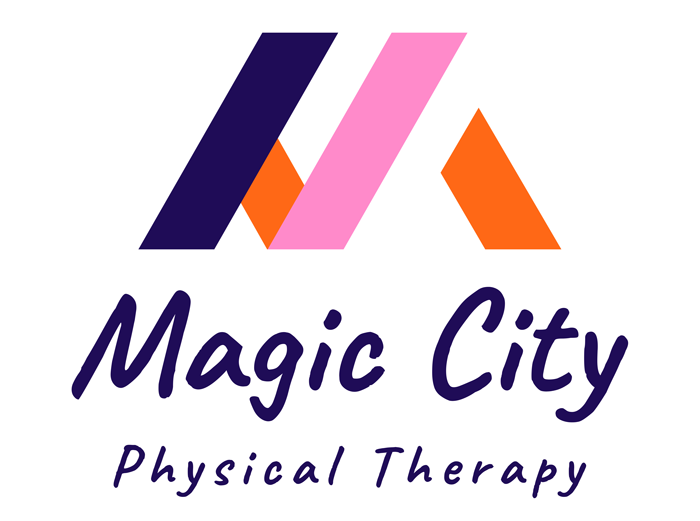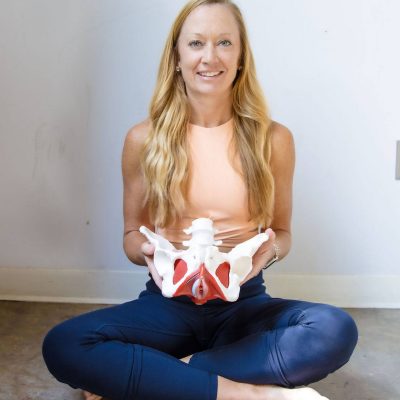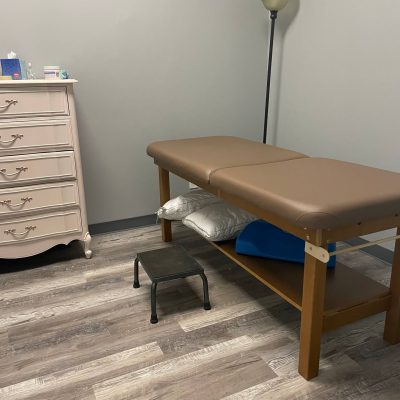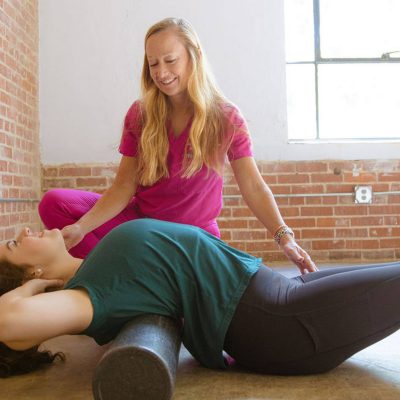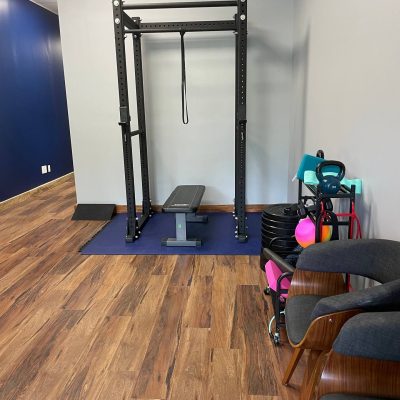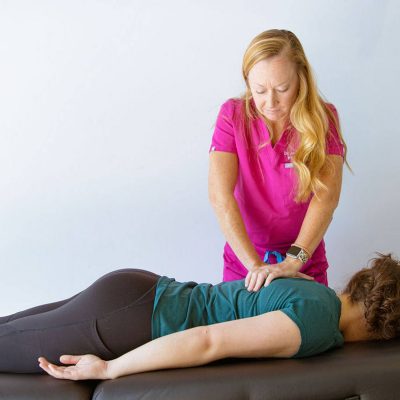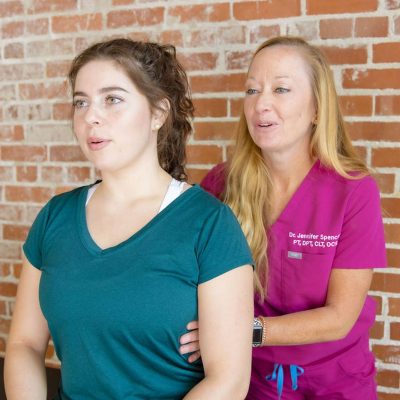As a pediatric pelvic floor physical therapist, I often meet families who are doing everything they can to support their child’s health and development—but still find themselves facing frustrating challenges like constipation, accidents, or bathroom anxiety.
Toilet training is a big milestone, and every child’s journey is unique. What’s less commonly discussed is how early bathroom experiences—especially during potty training—can influence long-term pelvic health. In fact, some children who struggle with bladder or bowel symptoms later on have underlying patterns that began during those early learning years.
The good news? With the right information and support, families can help children develop strong, confident toileting habits at any stage.
Understanding Pelvic Floor Dysfunction in Kids
Pelvic floor dysfunction refers to challenges with the muscles that support the bladder, bowel, and other pelvic organs. In children, this can show up as:
- Bedwetting or daytime accidents
- Constipation or hard stools
- Frequent or urgent urination
- Avoiding or holding in pee or poop
- Pain with bathroom use
These symptoms are more common than many people realize—and they’re never a reflection of a child being lazy, or a parent doing something wrong. Often, they’re the result of muscle coordination, behavioral patterns, or even how a child responds to sensations in their body.
Where Toilet Training Comes In
The toilet training years are a key time when children are learning how to understand and respond to their body’s internal cues. Because this process is so individualized, some children may develop habits—often without anyone realizing—that can contribute to pelvic floor challenges later on.
Here are a few common patterns that can influence pelvic health:
- Training Before Full Readiness
Some children may learn the steps of using the toilet before they’ve fully developed the body awareness needed for healthy, complete emptying. They might learn to “hold it” well but not always recognize the need to go, or they may rush through bathroom time without fully relaxing their muscles.
- Stress or Pressure Around Potty Training
All families want to support their children’s independence. But sometimes, even well-meaning encouragement or external expectations (from daycare, relatives, etc.) can lead to a child feeling pressure. For some sensitive kids, this can create tension around toileting that affects muscle patterns and body awareness.
- Positioning and Mechanics
Children often learn where and when to use the bathroom but may not get much guidance on how to sit, breathe, and relax while going. Unsupported feet, clenched muscles, or rushing can make it harder to fully empty the bladder or bowels—something that can become habitual over time.
- Unnoticed Constipation or Withholding
Sometimes children go through a phase of avoiding bathroom trips—because of a past painful poop, fear of public toilets, or a busy schedule. If this withholding becomes routine, it can lead to stretching of the rectum, reduced sensation, or a cycle of constipation and accidents that needs professional support to unwind.
Supporting Healthy Toilet Habits
No matter where your child is in their toileting journey, there are supportive steps you can take to protect and promote pelvic floor health:
- Look for Readiness Cues
Each child is different. Signs of readiness might include staying dry for longer periods, showing interest in using the toilet, or being able to follow simple directions. There’s no one-size-fits-all timeline. - Support Proper Bathroom Posture
Help your child sit with their feet supported (using a stool if needed), knees slightly higher than hips, and back upright. A relaxed position helps the pelvic floor muscles release fully for easier peeing and pooping. - Foster Open Communication
Use everyday moments to check in with your child about how their belly feels or whether they’re having any trouble in the bathroom. This can normalize body awareness and make it easier to catch any issues early. - Keep It Positive
Celebrate progress and stay neutral about setbacks. Try to avoid rewards or consequences tied to bathroom success. Consistent routines and emotional safety make the biggest impact. - Build Regular “Try” Times
After meals and before bedtime are great opportunities for relaxed bathroom visits—even if your child doesn’t feel the urge. Regular routines help encourage full and timely emptying.
When to Reach Out
If your child is experiencing frequent accidents, chronic constipation, or seems to be avoiding bathroom trips, you’re not alone—and it’s not your fault. Pediatric pelvic floor therapy can help identify the underlying cause and teach your child how to regain control and confidence.
Treatment is gentle, child-centered, and empowering. Many families see meaningful improvements with just a few sessions and simple home strategies.
Toilet training is just one chapter in your child’s development, and it doesn’t have to be perfect to be successful. The most important thing is building an environment where your child feels safe listening to their body, asking for help, and learning at their own pace.
If you ever have questions about your child’s toileting or pelvic health, we’re here to help. Supporting healthy bathroom habits is one of the best gifts we can give our children—for today, and for years to come.
